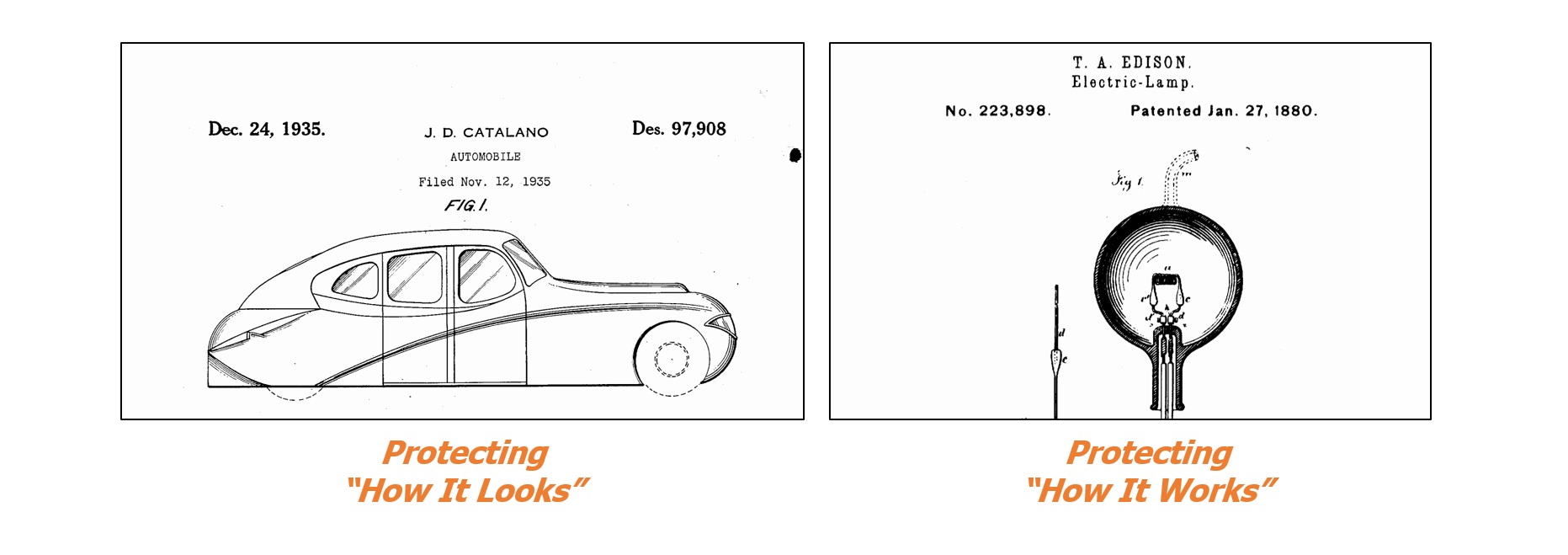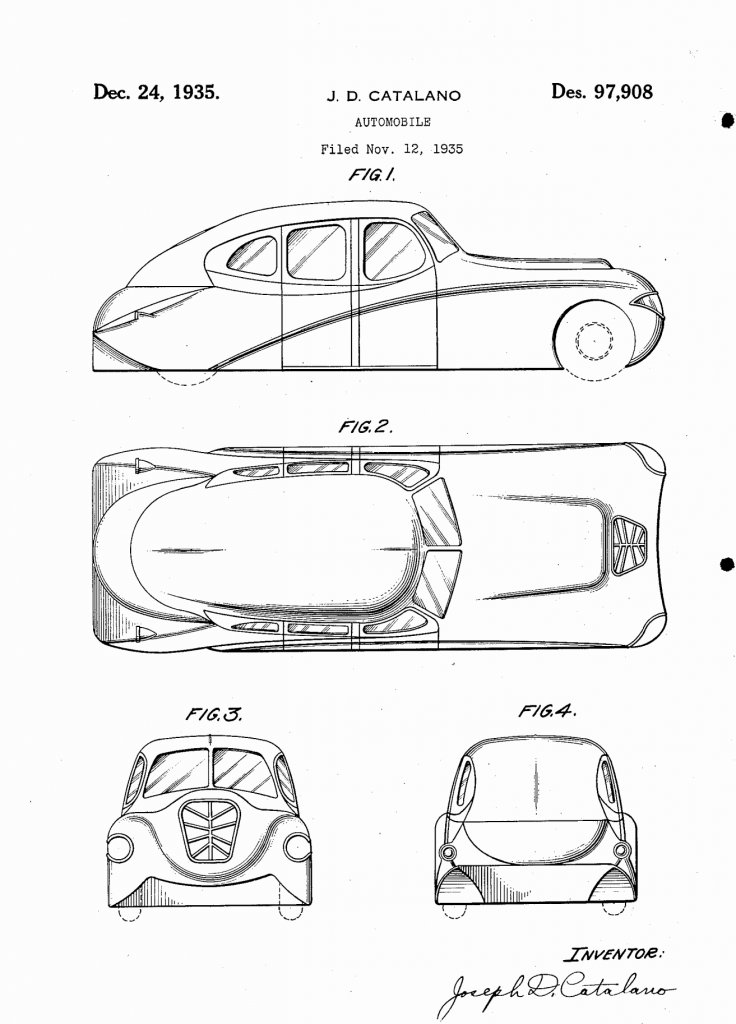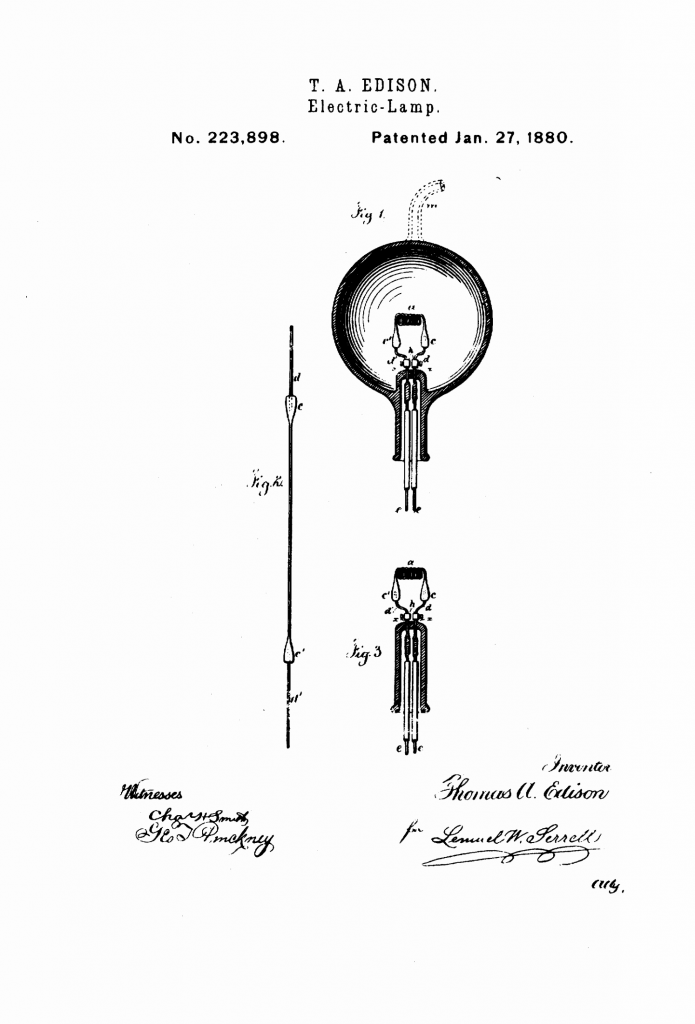If you simplify patenting down to the basics there are two primary ways to protect your invention and they are "How it Looks" and "How it Works". Let me explain.
How it Looks
A design patent is the best way to protect how an invention looks. Design patent protection lasts for 15 years from the date the patent is issued.
Design patents protect an ornamental design. In general, the shape or pattern of your invention. Design patent applications are basically a brief description and a series of drawings that include a top, bottom, left, right, front, back, and at least one perspective view. A time and cost saver can be using your 3D CAD file as a starting point to produce the patent drawings. I often get the CAD file from the inventor or product designer and use that file to create the patent drawings. When asked, I suggest waiting until your CAD design is finalized and then prepare and file your design patent application.
The patent drawings have very specific requirements and with design patent drawings it is easy to make a mistake. Since you can't add anything to a patent application once filed, a drawing mistake can be unfixable and fatal. The details in the patent drawings are so important that if I can't start with a 3D CAD file I paying for a patent drafting service to create the drawings.
An example of a design patent is entrepreneur J.D. Catalano's 1935 Automobile, Patent No. USD97,908. In the 1930s automobiles were designed to look elegant and while there were plenty of inventions to patent around how the various parts and systems of the automobile worked, Catalano chose to file a design patent to protect how his automobile looked. An interesting note on design patent drawings is that solid lines are part of the invention and dashed lines are not. See the tires? they are in dashed lines which means that the patented automobile design does not include the tires.
How It Works
A utility patent is the best way to protect how an invention works. There are two types of utility patents a provisional patent and a non-provisional patent. A provisional patent provides patent pending status for 12 months from the filing date and then expires. A non-provisional patent, once issued, provides 20 years of protection from the application filing date.
Provisional patents are a great way to protect your early ideas that are still in development. Low-cost and only a couple of filing requirements, they don't get examined and they do not mature into patents.
Non-provisional patent application requirements include drawings and a specification. The specification has several parts that include a related applications section, a technical field of the invention, a summary, a background, a detailed description, a set of claims, and an abstract. They do get examined and if the invention is found to be both novel and non-obvious the patent application will mature into a patent. Although anyone can DIY their own application, know that there are a lot of pitfalls you will have to avoid to be successful.
Non-provisional patent applications cost more to prepare and file. If you are bootstrapping, this is an area to watch your costs carefully. If you find yourself headed into a situation where your patent budget is going to exceed your project budget you are likely in the wrong place and need to rethink your patenting approach.
An example of a non-provisional utility patent is entrepreneur Tomas Edison's, 1880, Patent No. 223,898 for the Electric Lamp; aka the light bulb. One of the most transformational inventions of our time, after all of his laboratory testing, describing how it worked took Edison less than two pages.
Patent Strategy
When asked about patent strategy, working with an entrepreneur, I like filing a provisional patent at the start of a project where the idea is early and often still being refined. Then at about 10 months after filing the provisional (remember they expire in 12 months) it is time to start considering preparing and filing a non-provisional application that can claim the benefit of the earlier filed provisional application before it expires. Hopefully, by that time the idea is refined, and the invention is well understood and closer to commercialization so that the non-provisional application can be drafted to best match and capture the final product functionality and features.
Providing intellectual property services tailored to startups, entrepreneurs, and innovative companies is what we do.
+ Drafting & prosecuting patent applications
+ Patent more, pay less | Low-cost fixed-fee bootstrap model
+ Create an In-house patent creation capability
+ Company-wide IP program
+ Patent strategy that is connected with business development
+ Embedding with innovation & technical teams
+ Facilitated workshops for idea & invention capture
+ Identify competitive advantage opportunities through patent & macro trend landscapes
+ Mentoring & collaborating with your technical talent to create IP
+ On-call to discuss innovation & inventing for free
Replace your current by-the-hour-law-model with a predictable flat-fee-for-service model.
Schedule Time To Discuss Your Needs
Follow on LinkedIn.com/Company/Gr8BigIdeas/
#bootstrap #patents #patentengineering #startups #entrepreneurship #entrepreneurs #breakthrough #intellectualproperty #corporateinnovation #innovation #productdevelopment




